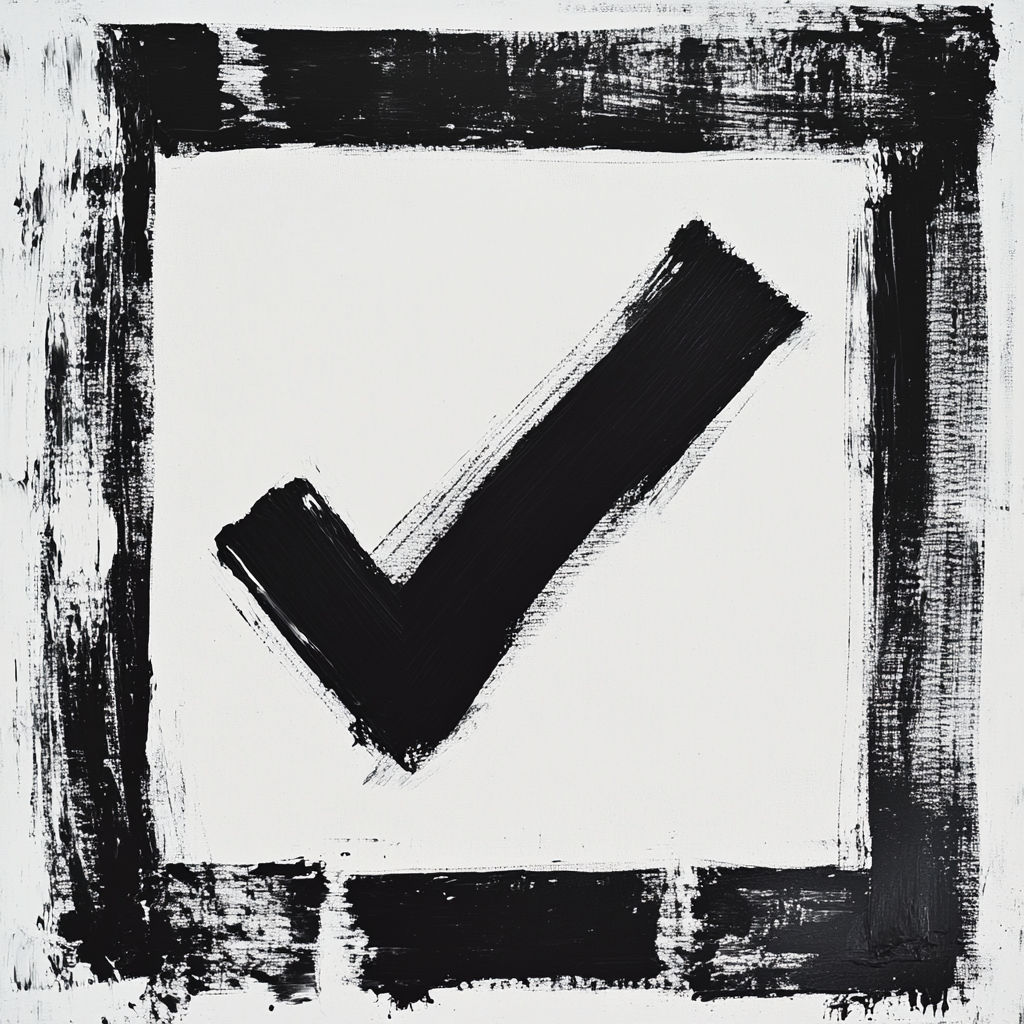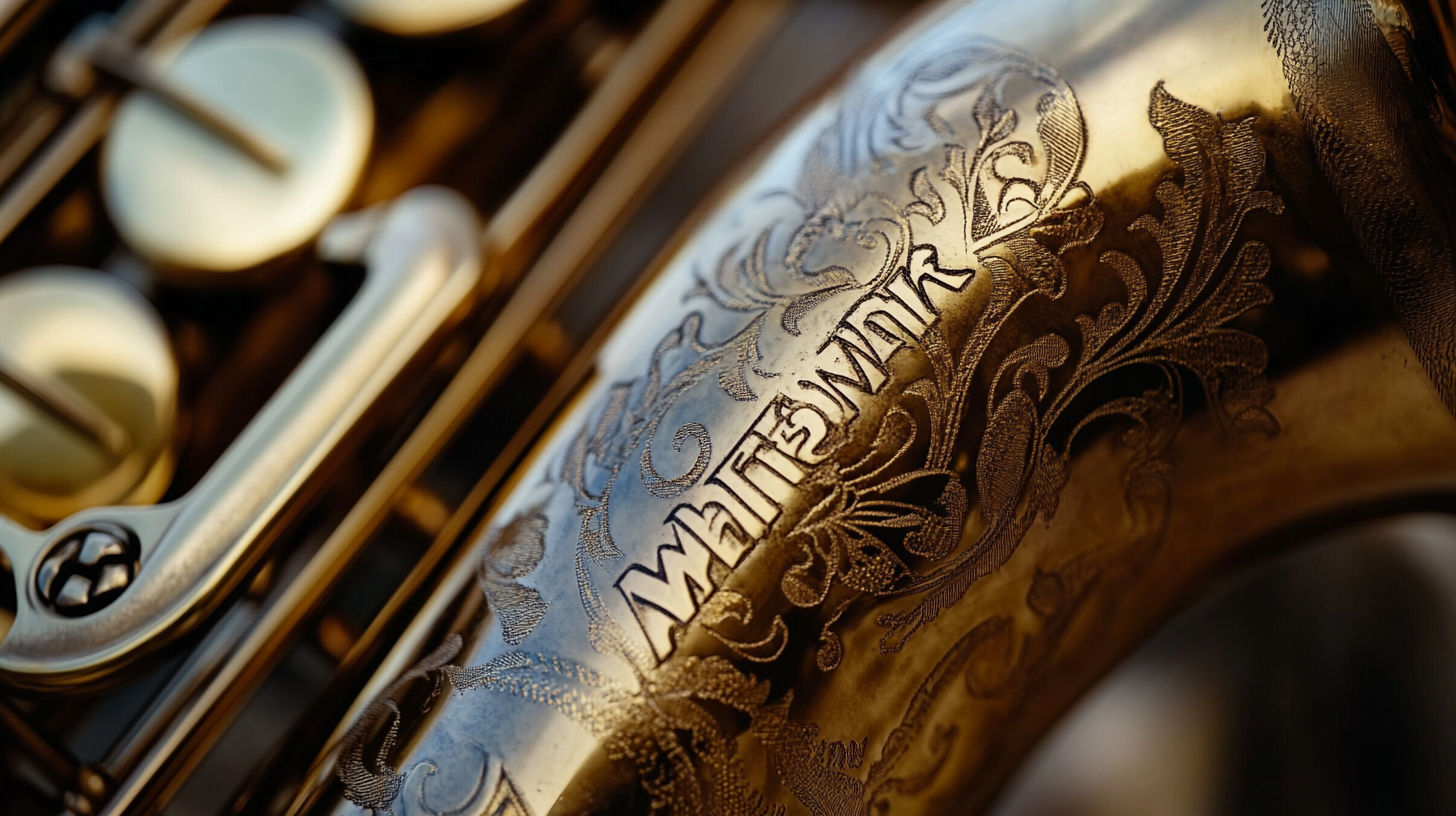
Introduction to Martin Saxophones
In this comprehensive guide, we’ll explore what determines the value of a Martin saxophone in today’s market, from identifying different models to understanding the factors that affect pricing. Whether you’re looking to buy, sell, or simply appraise a Martin saxophone, this article will provide you with the knowledge needed to make informed decisions.
Martin Saxophone Market Snapshot
Period when Martin saxophones were originally manufactured
Current market price range for most Martin saxophone models
Particularly those with "Lion & Crown" engraving
The History of Martin Saxophones
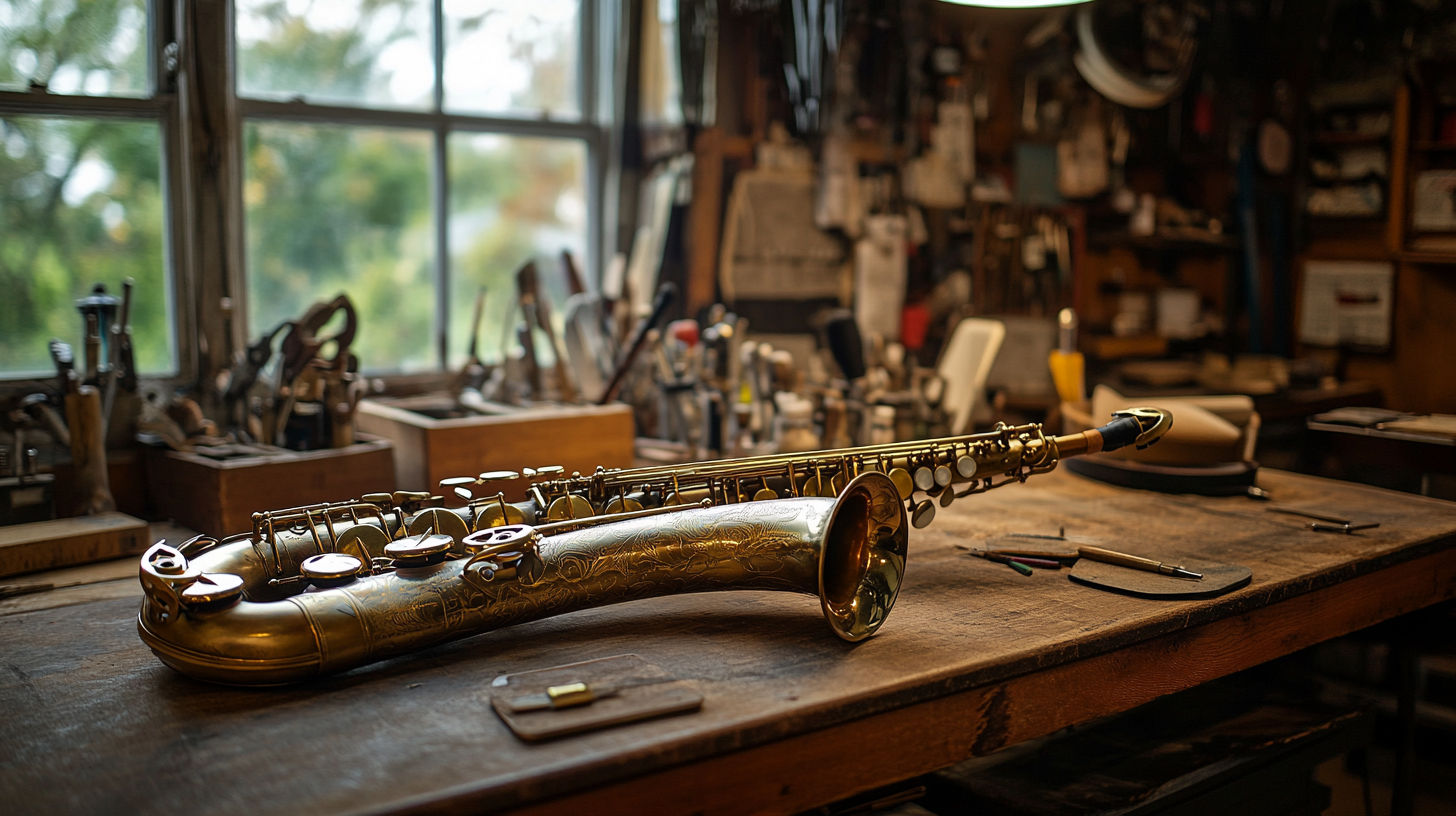
Martin Saxophone Historical Timeline
Company Founding
Handcraft Era
Pre-War Models
Committee Series Debut
Golden Era
Decline Period
Acquisition by Leblanc
Brand Discontinued
This timeline shows why certain era Martin saxophones—particularly those from the 1940s and 1950s—command the highest prices. The Committee models from this “golden era” are especially prized for their superior craftsmanship and distinctive sound.
Martin Saxophone Models and Their Values
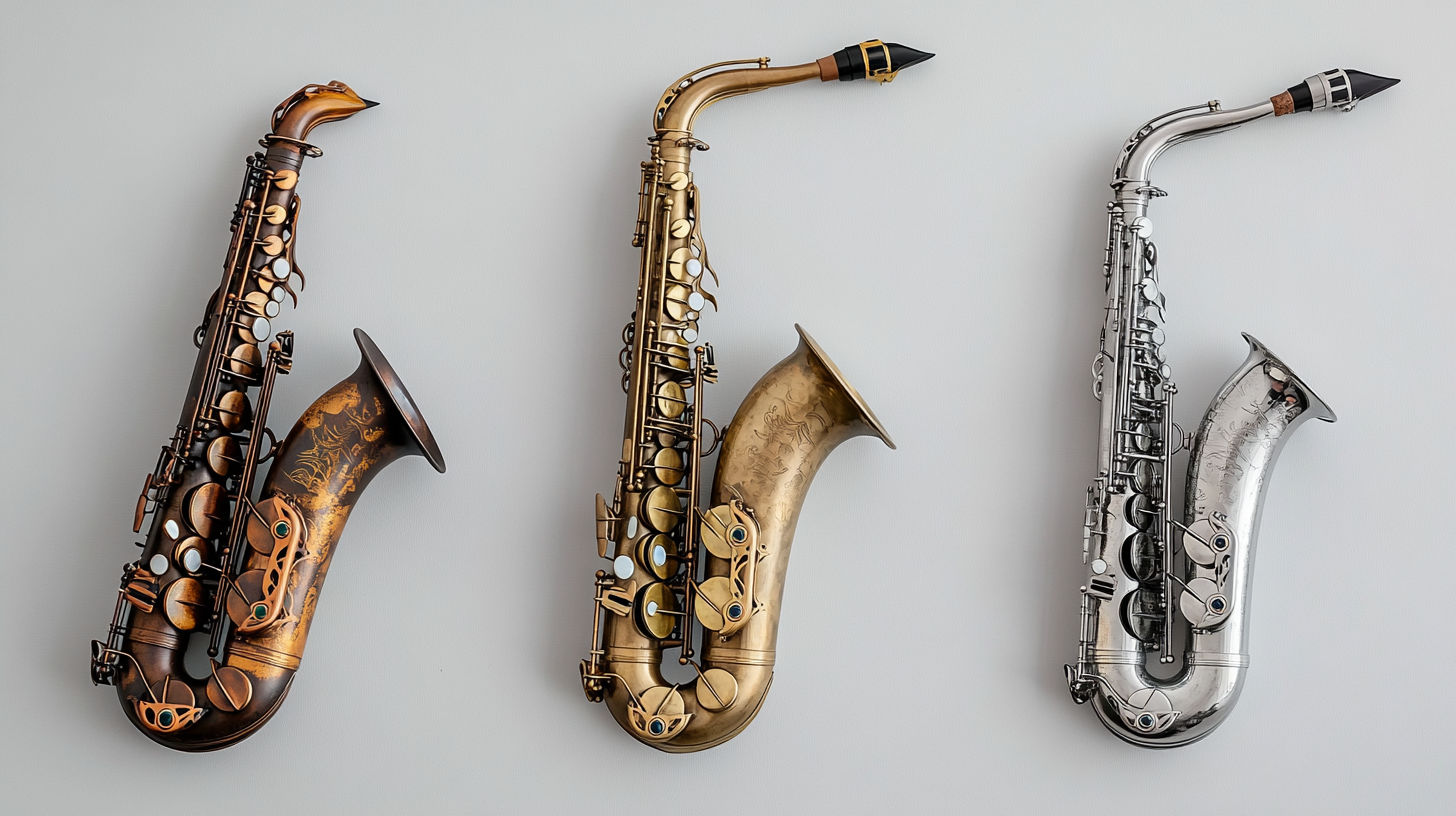
Martin Saxophone Model Value Ranges
| Category | Price Range | Notes |
|---|---|---|
| The Martin Handcraft | $400-$900 | Early models from 1920s, collector interest but less playability |
| The Martin (standard) | $600-$1,200 | 1930s-40s models, good players with vintage tone |
| Committee I | $1,200-$1,800 | Early Committee models, highly regarded by players |
| Committee II | $1,500-$2,500 | Peak era (1940s-50s), especially valuable with Lion & Crown engraving |
| Committee III | $1,200-$2,000 | Later Committee models, excellent players with slightly different tone |
| Indiana/Medalist | $350-$700 | Student models, lower collector interest but good value players |
| Tenor Models (premium) | $200-$500 more | Tenor saxophones typically command higher prices than altos |
Note: Price ranges are approximate and can vary based on condition, rarity, and market demand.
The Committee Series: Martin’s Most Valuable Saxophones
The Committee series represents Martin’s professional-grade instruments and typically commands the highest prices in today’s market. Key points about Committee saxophones:
- Committee I: First generation with distinctive underslung octave key
- Committee II: Considered the pinnacle of Martin saxophone design, with improved keywork and the coveted “Lion & Crown” engraving on some models
- Committee III: Later models with some design modifications but still excellent quality
According to saxophone experts on forums like Sax on the Web, Committee II models in excellent condition can fetch between $1,800-$2,500, particularly those with the special “Lion & Crown” engraving.
The Martin Handcraft Series
The Handcraft series represents Martin’s early saxophone designs from the 1920s. While these don’t typically reach the values of Committee models, they have their own distinct collector market:
- Early Handcraft saxophones (pre-1925): $400-$700 depending on condition
- Later Handcraft models: $500-$900 for fully restored examples
- Tenor models generally command $100-$200 more than altos
As noted in discussions on Cafe Saxophone, a refurbished Handcraft alto in playing condition might fetch around $500, while unrestored projects typically sell for $350-$400.
The Indiana and Student Models
Martin also produced more affordable student and intermediate instruments under names like “The Indiana” and “Medalist”:
- Indiana models: $350-$600 depending on condition
- Medalist series: $400-$700 for good examples
- These models offer good value for players seeking the Martin sound at a lower price point
As one Reddit user noted regarding The Indiana by Martin, these can be “a good choice if you’re a player that needs a nice horn on a budget.”
Identifying Your Martin Saxophone
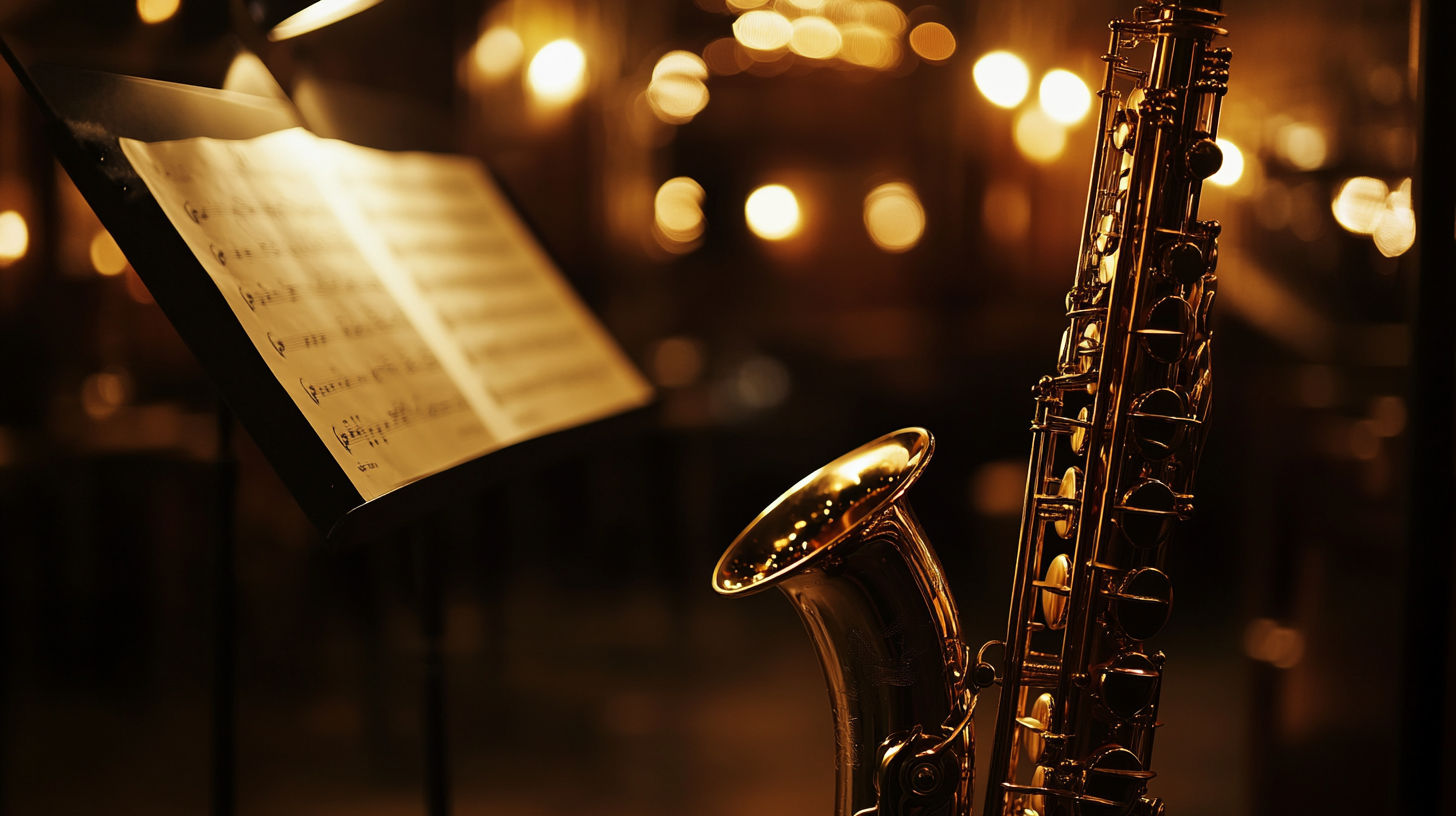
Serial Numbers and Dating
Serial numbers are the most reliable way to determine when your Martin saxophone was manufactured:
- Serial numbers are typically located on the back of the saxophone body
- Martin serial numbers follow a consistent progression that can be used to determine production year
- Resources like Cafe Saxophone’s Martin serial number thread provide detailed dating information
Here’s a simplified guide to Martin saxophone serial number ranges:
Martin Saxophone Serial Number Guide
| Category | Price Range | Notes |
|---|---|---|
| 100,000-140,000 | 1930s | Early "The Martin" models |
| 140,000-160,000 | Early-Mid 1940s | Early Committee models |
| 160,000-180,000 | Late 1940s | Committee models, peak era |
| 180,000-200,000 | Early 1950s | Committee II and III models |
| 200,000-220,000 | Mid-Late 1950s | Later Committee models, some quality variation |
| 220,000+ | 1960s | Final Martin production era |
Note: Price ranges are approximate and can vary based on condition, rarity, and market demand.
Model Identification Features
Several design elements can help identify specific Martin saxophone models:
Committee Models
- Distinctive underslung octave key on Committee I
- “The Martin Committee” engraving on the bell
- Special “Lion & Crown” engraving on some premium Committee II models
- More modern keywork compared to earlier models
Handcraft Series
- “Martin Handcraft” engraving on bell
- Simpler keywork design
- Often featuring “low pitch” engraving on early models
- More vintage-style tone holes and mechanisms
The Indiana/Student Models
- “The Indiana by Martin” bell engraving
- Simpler keywork and finish
- Fewer engraving details
- More basic case and accessories
According to Vintage Band Instruments, specific details like the engraving style and keywork design can significantly impact a saxophone’s value, with original cases and accessories adding additional value.
Martin Saxophone Identification Checklist
Factors That Affect Martin Saxophone Value
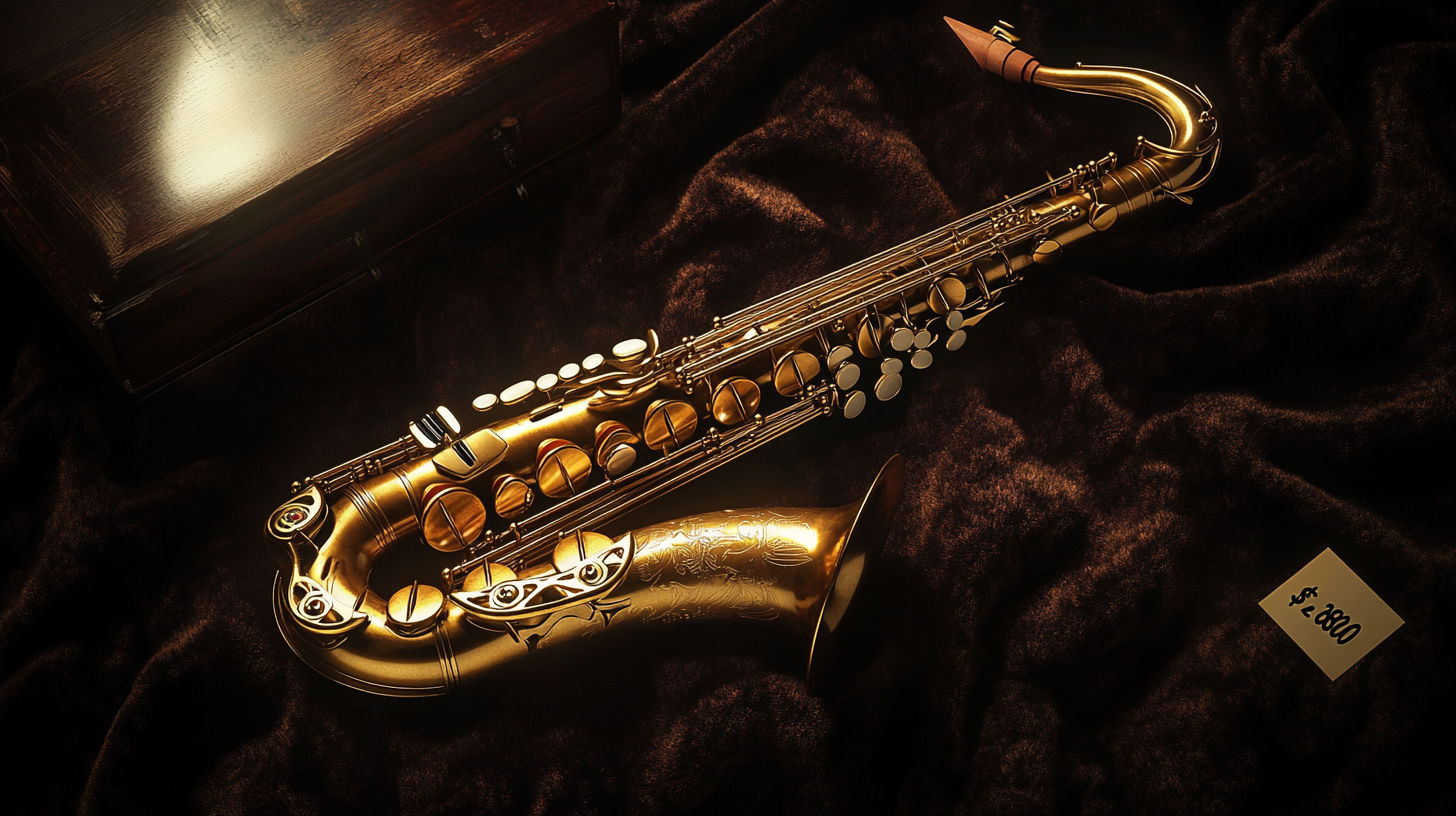
Condition
Condition is perhaps the single most important factor in determining a Martin saxophone’s value:
Playing Condition: A saxophone that needs mechanical work or has playability issues will be worth significantly less than one in excellent playing condition.
Original Lacquer: Saxophones with most of their original finish intact command higher prices than those with significant wear or that have been relacquered.
Dents and Damage: Even small dents or dings can reduce value significantly, while major damage like bent keys or body damage can reduce value by 50% or more.
Previous Repairs: Quality repairs by respected technicians won’t necessarily decrease value, but poor repair work can significantly impact worth.
As one forum member on Sax on the Web noted, “One with middlin’ wear and needing a tech visit, but playable, would be more in the $1200-1400 range” compared to $1800-2000 for one in excellent condition.
Completeness and Originality
The originality and completeness of a Martin saxophone also significantly impacts its value:
Original Parts: Saxophones with all original parts are more valuable than those with replacement parts.
Modifications: Period-correct modifications may not drastically affect value, but modern modifications often reduce collector interest.
Complete Accessories: Original cases, mouthpieces, and accessories can add 10-20% to the value.
Documentation: Original receipts, warranty cards, or documented provenance can increase value for collector-grade instruments.
Rarity and Desirability
Some Martin saxophone features and configurations are particularly rare or desirable:
Lion & Crown Engraving: Committee II models with the special “Lion & Crown” engraving can command 20-30% higher prices.
Unusual Finishes: Silver-plated or gold-washed examples are rarer and often more valuable.
Low Serial Numbers: Early production examples of specific models are often more desirable to collectors.
Baritone Saxophones: Martin baritones are rarer than altos or tenors and typically command higher prices.
According to listings on Saxquest, special engravings and unique features can significantly increase a saxophone’s value to collectors.
Condition Impact on Martin Saxophone Value
Original lacquer, perfect mechanics, no dents or repairs
Some wear, minor repairs, good playability
Significant wear, missing parts, major repairs needed
Recent Martin Saxophone Sales Data
eBay and Online Marketplace Data
Based on recent eBay listings and online sales, here’s a snapshot of actual Martin saxophone transactions:
Recent Martin Saxophone Sales (2023-2024)
| Category | Price Range | Notes |
|---|---|---|
| Martin Committee II Tenor | $1,299 (Parts only) | With Lion & Crown engraving, non-playing condition |
| The Martin Alto Committee III | $1,250 | 1949 model, #171913, good playing condition |
| Martin Handcraft Alto | $500 | Refurbished, playing condition |
| Vintage 60's Martin-Busine Alto | $1,559 | With new gig bag and custom work |
| The Martin Tenor | $1,600 | 1952 model, #178xxx, original lacquer and case |
| Martin Indiana Alto | $350-$450 | Student models in varying conditions |
Note: Price ranges are approximate and can vary based on condition, rarity, and market demand.
This data confirms that Committee models, particularly tenors, remain the most valuable Martin saxophones, while student models and instruments needing restoration work command significantly lower prices.
As verified by eBay listings, condition and model specifics create significant price variability even within the same model line.
Where to Buy and Sell Martin Saxophones
Online Marketplaces
eBay: The largest marketplace for vintage saxophones, with a wide range of Martin models available. Offers buyer protection but may require careful verification of condition claims.
Reverb: Music-focused marketplace with knowledgeable sellers and detailed listings. Often has higher-end Martin models listed by professional dealers.
Facebook Marketplace and Groups: Saxophone collector groups often have Martin saxophones for sale, sometimes at better prices than commercial sites.
Specialty Dealers
Saxquest: Specializes in vintage saxophones including Martin models, with professional restoration services and detailed descriptions.
Vintage Band Instruments: Offers carefully restored Martin saxophones with accurate descriptions and fair pricing.
PM Woodwind: Known for high-quality vintage saxophone offerings including premium Martin models.
Forums and Classified Listings
Sax on the Web: Active classified section with many Martin saxophones listed by knowledgeable collectors.
Cafe Saxophone: Forum with dedicated saxophone marketplace section, good for finding rarer Martin models.
Reddit r/saxophone: Occasionally has Martin saxophones for sale or trade from community members.
Martin Saxophone Buying & Selling Resources
eBay Martin Saxophones
Saxquest Vintage Saxophones
Sax on the Web Forum
Cafe Saxophone Forum
Vintage Band Instruments
Reddit r/saxophone
Tips for Evaluating a Martin Saxophone Before Purchase
Physical Inspection Checklist
When examining a Martin saxophone in person, pay special attention to:
Martin Saxophone Pre-Purchase Inspection
Remote Purchase Considerations
If buying a Martin saxophone online without playing it first:
Request Additional Photos: Ask for detailed photos of the serial number, engraving, pads, and any areas of concern.
Ask About Playability Issues: Get specific information about any known mechanical issues, leaks, or intonation problems.
Verify Return Policy: Ensure the seller offers a return window to allow professional inspection after receipt.
Get a Professional Opinion: If possible, have an experienced repair technician review photos before purchase.
Check Seller Reputation: Verify feedback scores and previous sales of similar instruments.
As noted in discussions about Martin saxophone values, getting input from experienced players or technicians can help prevent buying an overpriced or problematic instrument.
Investment Potential of Martin Saxophones
Historical Value Trends
Looking at Martin saxophone pricing over the past decades:
Committee Series: Has shown steady appreciation of approximately 4-6% annually over the past 20 years, with premium examples appreciating faster.
Handcraft Models: More modest appreciation of 2-4% annually, with collector-grade examples performing better.
Student Models: Minimal appreciation beyond inflation for most examples.
Current Investment Outlook
Factors that suggest Martin saxophones may be good investments:
Limited Supply: As a discontinued brand with no new production, the supply of quality Martin saxophones continues to diminish.
Growing Collector Interest: Increasing recognition of Martin’s historical importance has expanded the collector base.
Jazz Heritage: Martin’s association with influential jazz saxophonists enhances their desirability among musicians and collectors.
Committee Premium: Particularly for Committee II models with the Lion & Crown engraving, which continue to appreciate faster than other variants.
According to discussions on Cafe Saxophone, while not as widely collected as certain Selmer models, Martin Committee saxophones have shown consistent appreciation due to their historical significance and distinctive sound characteristics.
Restoration Considerations and Value Impact
When Restoration Makes Financial Sense
Not all Martin saxophones are worth the investment of a full restoration:
Committee Models: Generally worth comprehensive restoration due to their higher value ceiling.
Rare Variants: Models with special engraving or unusual features may justify higher restoration investments.
Complete Originals: Saxophones with all original parts and minimal previous repairs are better restoration candidates.
Student Models: Often not financially viable for extensive restoration unless of sentimental value.
Value Impact of Different Restoration Approaches
Different restoration approaches have varying impacts on value:
Mechanical Restoration Only: Restoring playability while preserving original finish typically maximizes value.
Full Relacquer: Generally reduces collector value by 20-40%, though may improve appeal to players.
Pad Replacement: Necessary for playability and doesn’t typically reduce value when done properly.
Dent Removal: Generally improves value as long as the technique doesn’t damage the original finish.
Keywork Replating: Can improve appearance but may reduce value if original plating had historical significance.
As noted in various saxophone forum discussions, the goal should be to restore playability while preserving as much original character as possible for maximum value retention.
Frequently Asked Questions About Martin Saxophone Values
Are Martin saxophones any good?
Yes, Martin saxophones, especially the Committee series from the 1940s-1950s, are highly regarded by professional musicians and collectors. They are known for their solid construction, comfortable ergonomics, and distinctive warm sound. As noted in discussions on Cafe Saxophone, “They are really solid, well-made saxes, especially the ones from the mid-40s to the mid-50s. I find them much more comfortable to play than any Conn tenor.”
Many jazz saxophonists have preferred Martin saxophones for their full, warm tone characteristics and reliable mechanics. The Committee models in particular remain sought after by professional players despite being vintage instruments.
How do I find out how much my saxophone is worth?
To determine the value of your Martin saxophone:
- Identify the specific model using the serial number and physical characteristics
- Assess the condition accurately, noting any damage or missing parts
- Research recent sales of comparable instruments on sites like eBay, Reverb, and specialty forums
- Consider getting a professional appraisal from a vintage instrument dealer or repair technician
You can also post detailed photos and information on saxophone forums like Sax on the Web or Cafe Saxophone to get input from experienced collectors and players. For the most accurate valuation, include the serial number, clear photos of the engraving, and details about any damage or previous repairs.
Are old saxophones worth money?
Yes, many vintage saxophones, including Martin models, can be quite valuable. However, value varies significantly based on:
- Brand and model (professional models worth more than student instruments)
- Era of manufacture (with certain “golden eras” commanding premiums)
- Condition (playing condition instruments worth substantially more)
- Rarity and historical significance
- Special features or engraving
Martin Committee saxophones from the 1940s-1950s are particularly valuable, with excellent examples selling for $1,500-$2,500 or more. Earlier Handcraft models and later student models have more modest values but can still be worth several hundred dollars in good condition.
As with most collectibles, pristine condition examples with original cases and accessories command the highest prices from collectors.
Does Martin still make saxophones?
No, Martin no longer produces saxophones. The Martin Band Instrument Company manufactured saxophones from 1908 through the 1960s. The brand was acquired by the Leblanc Corporation in 1971, and after Leblanc was acquired by Conn-Selmer in 2004, the Martin brand was discontinued entirely in 2007.
This limited production period is one factor that makes vintage Martin saxophones collectible. All Martin saxophones on the market today are vintage instruments, with the newest examples being over 50 years old. The finite supply of these instruments contributes to their collectibility and investment potential.
What is the most valuable Martin saxophone model?
The Martin Committee II tenor saxophones from the late 1940s through mid-1950s are generally considered the most valuable Martin models, particularly those featuring the special “Lion & Crown” engraving. These instruments were produced during Martin’s peak quality period and are highly sought after by both collectors and professional players.
In excellent original condition with minimal wear and all original parts, Committee II tenor saxophones can fetch $2,000-$2,500 or more. Committee I and III models are also valuable but typically command slightly lower prices than the Committee II.
Among alto saxophones, the Committee III “The Martin Alto” models from the same era are the most valuable, typically ranging from $1,200-$2,000 depending on condition and features.
How can I tell which Martin saxophone model I have?
To identify your Martin saxophone model:
Check the serial number: Located on the back of the body, this helps determine the production year.
Look at the bell engraving: Different models have distinct engravings:
- “Martin Handcraft” indicates earlier models
- “The Martin” is found on mid-period instruments
- “The Martin Committee” appears on professional Committee models
- “The Indiana by Martin” identifies student models
Observe key features:
- Committee I models have an underslung octave key
- Committee II often features more elaborate engraving
- Handcraft models have simpler keywork and design
Look for special engravings: The “Lion & Crown” engraving indicates a premium Committee II model.
For the most accurate identification, you can post clear photos on saxophone forums like Sax on the Web or consult with a vintage saxophone specialist.
What affects the value of a Martin saxophone?
Several key factors influence Martin saxophone values:
Model: Committee series commands the highest prices, followed by standard “The Martin” models, with student instruments like “The Indiana” valued lowest.
Condition: Playing condition, amount of original finish, dent-free bodies, and properly functioning keywork significantly impact value.
Originality: Instruments with all original parts, no repairs, and original cases/accessories command premium prices.
Engraving: Special engravings like the “Lion & Crown” can increase value by 20-30%.
Production Era: Instruments from the mid-1940s through mid-1950s (serial numbers approximately 160,000-190,000) are generally most valuable.
Finish: Original lacquer examples are worth more than relacquered instruments, while rare silver-plated models can command premium prices.
Documentation: Provenance, original receipts, or connection to notable musicians can enhance value.
The greatest value impact comes from condition and originality, with pristine examples often worth twice as much as heavily worn or modified instruments.
Conclusion: The Enduring Value of Martin Saxophones
The market for these instruments remains strong, particularly for Committee models from the 1940s and 1950s, which represent the pinnacle of Martin’s saxophone design and manufacturing. With prices ranging from a few hundred dollars for student models to $2,500 or more for premium Committee examples in excellent condition, Martin saxophones offer options for enthusiasts at various price points.
For collectors and investors, the limited supply of these vintage instruments, combined with growing appreciation for their historical importance, suggests continued stable value and modest appreciation potential. For players, Martin saxophones offer a distinctive voice and playing experience that many find preferable to modern alternatives, often at more accessible prices than other premium vintage brands.
Whether you’re considering buying your first Martin saxophone, selling one you’ve owned for years, or simply curious about the value of a family heirloom, understanding the factors that determine Martin saxophone values will help you make informed decisions in this specialized market.
